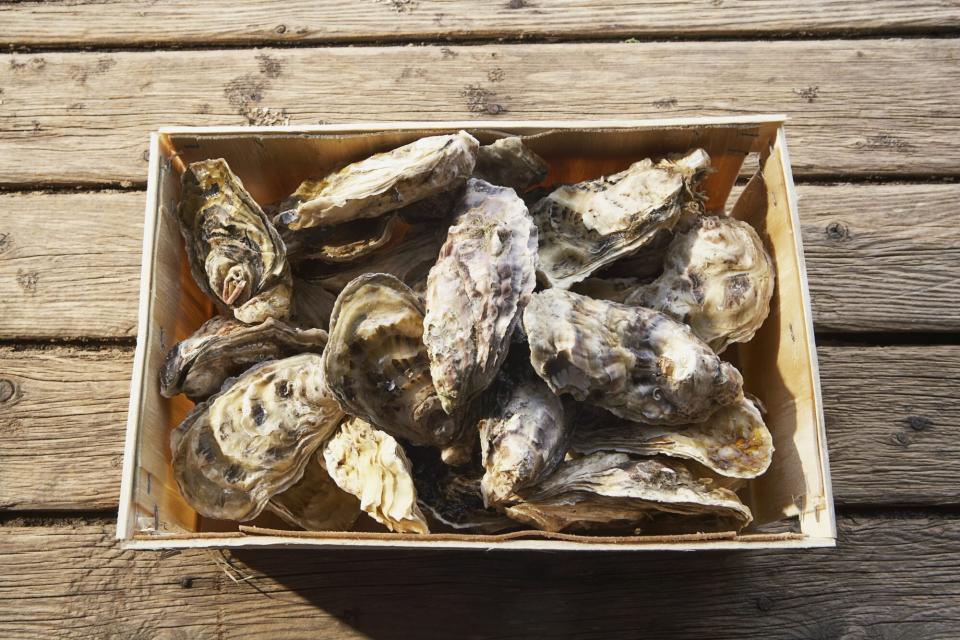Oyster-Related Illness On the Rise, Likely Due to Pacific Northwest Heat Wave
The record-breaking heat wave that baked Washington state and other parts of the Pacific Northwest in late June isn't finished with the region yet. Although the temperatures have fallen out of the triple-digits, last month's 'heat dome' could be behind this month's increase in a shellfish-related illness.
According to KING5, at least 52 cases of vibriosis have been reported. The bacterial illness can be contracted by eating raw or undercooked shellfish — and 30 of these recently confirmed cases have been connected to eating oysters. (The causes of the other 22 cases are either unknown or are being investigated.)

Fancy/Veer/Corbis/Getty Images
In a statement, the Washington State Department of Health said that the ongoing vibriosis outbreak has already set a new record for the highest number of cases in the state during the month of July — and the month isn't over yet. The department believes that a combination of ultra-high temperatures and low tides during the hottest parts of the day are contributing factors.
The symptoms can appear as soon as four hours after eating shellfish that has been contaminated by the Vibrio bacteria, and that the illness can last between two and three days. The most common symptoms include abdominal cramps, chills, diarrhea, fever, headache, nausea, and vomiting.
Vibriosis isn't limited to the Pacific Northwest: earlier this year, food safety officials in New Zealand warned against eating raw mussels after 22 cases of Vibrio-related illnesses were reported. In the Bahamas, vibriosis can be caused by eating raw conch, and because of that particular cause-and-effect, it has been called "conch poisoning."
"Another effect of the recent heat wave is the perfect storm of conditions for Vibrio infections," Todd Phillips, the director of the [Washington] Office of Environmental Health and Safety, said. "It's important that when enjoying shellfish, we follow simple steps to stay healthy."
Those steps include what the department calls 'The Three C's,' which stand for cooking shellfish at at least 145° F for 15 seconds to kill the Vibrio bacteria; checking the Department of Health's Shellfish Safety Map before harvesting your own oysters and other shellfish; and chilling your catch (or the oysters you just bought) by putting it on ice or in the fridge as soon as possible.

